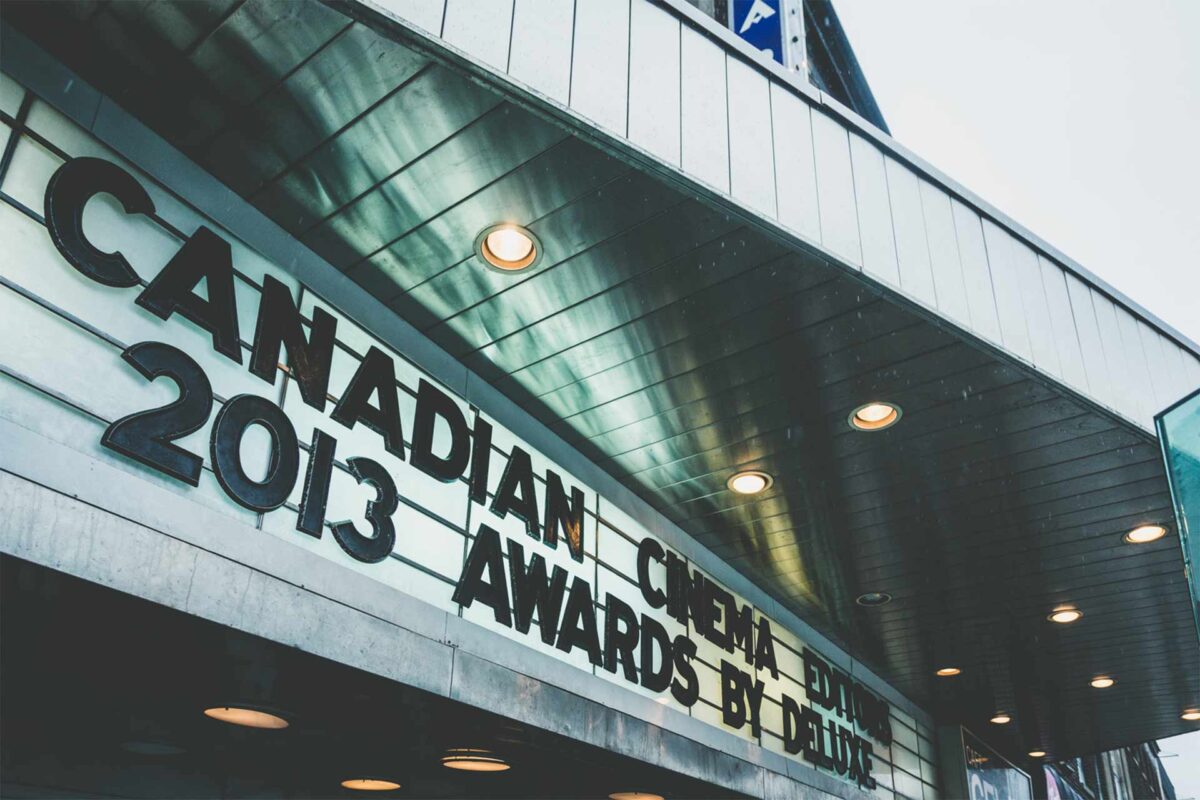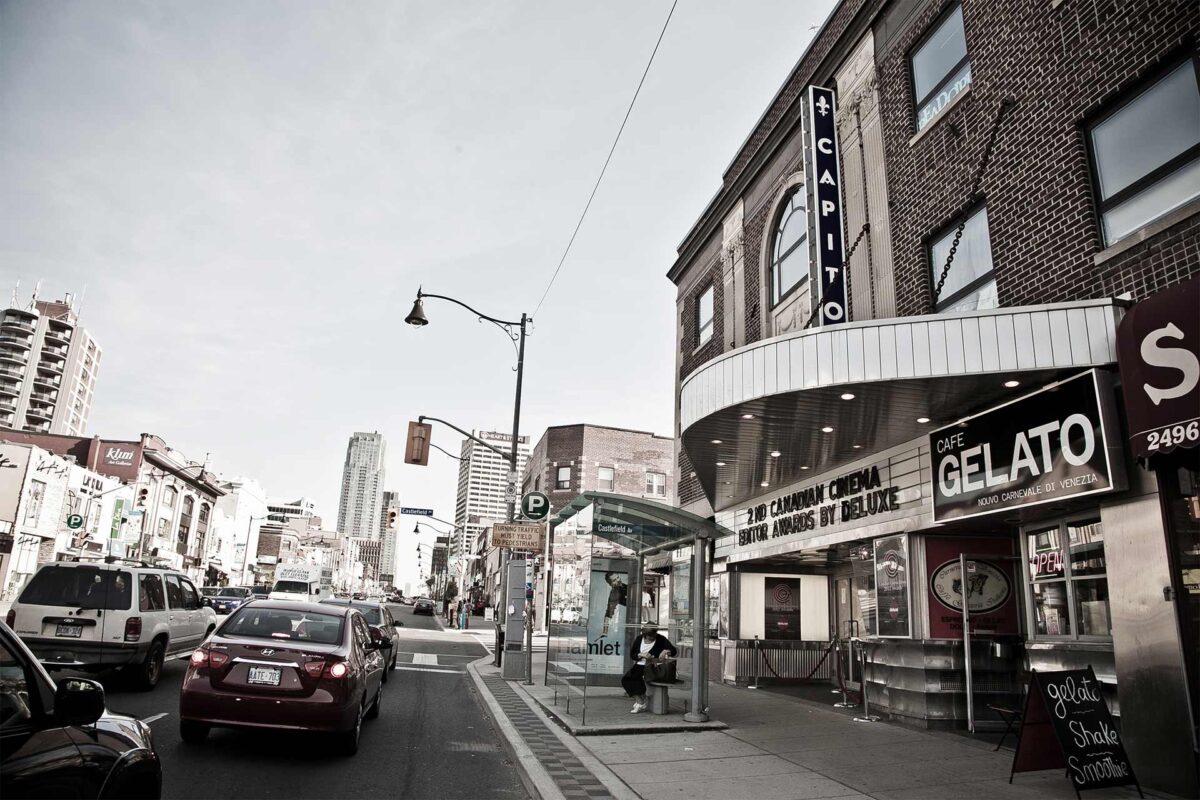EditCon 2020 in Review
EditCon 2020 took place on Saturday February 1, 2020 at the TIFF Bell Lightbox in Toronto. A sold-out crowd of CCE members and friends were very excited to welcome master editor Susan Shipton for an in-depth discussion of her work. The day also featured panel discussions on editing comedy, theatrical films, and unscripted programming with some of Canada’s top editors sharing a wealth of knowledge and experience.

Panel #1: No Script? No Problem!
Hours and hours of footage, tight deadlines, and no script? No problem! Editors from hit shows including Big Brother, The Amazing Race, Yukon Gold, et In The Making share how they get to the finish line. Featuring clips from these and other top-rated and award-winning reality and factual programs, this discussion breaks down the process of cutting unscripted programming, both creatively and technically.
Jonathan Dowler has been in the industry since 2001, both in Australia and Canada. He has cut everything from documentaries, animation, sports news, but his extensive experience has been in cutting reality TV. He has worked on many of the large format shows such as Big Brother, So You Think You Can Dance, Masterchef et The Amazing Race Canada. He is a 12-time CSA and 15-time CCE nominated editor and has won five consecutive CSA?s and four CCE Awards.
Elianna Borsa graduated from Seneca College in 2014 and quickly rose to the top of her profession as an editor working on Canada?s top reality shows The Amazing Race Canada, Top Chef Canada, et Big Brother Canada. Elianna earned multiple Canadian Screen Award nominations and won a CCE Award for Best Editing in Reality/Competition/Lifestyle in 2019.
Born and raised in Vancouver, Jenypher has worked mainly in documentary and factual storytelling for the past 15 years. Recent series include The Nature of Things (CBC / Smithsonian), Wild Bear Rescue (Animal Planet / Discovery),Queen of the Oil Patch (Aboriginal Peoples Television Network), This is High School (CBC), EXPECTING! (UPtv), ER: Life & Death at VGH & PARAMEDICS: Life On The Line (The Knowledge Network), Yukon Gold (History), The Bachelor Canada (W Network), Ice Pilots (History) and Glutton for Punishment (The Food Network).
Baun Mah has worked as an editor and director on top-rated shows like Big Brother Canada, The Amazing Race Canada, et Chopped Canada. He?s earned several CSA nominations for his editing and won one at the 2018 CCE Awards for Top Chef Canada. In the past year, Baun has also worked on several scripted shows such as the comedy Rogue Bridal and the Netflix horror series Slasher.
Ian Sit was born in Regina, Saskatchewan and grew up in Mississauga, Ontario. He is an editor working primarily in documentary film and television. He has been nominated for a Canadian Screen Award for his work on Where the Universe Sings and is the winner of the 2019 CCE Award for Best Editing in Docu-Series for his work on In The Making. Ian lives in Toronto and is a longtime passionate fan of the Raptors.
Panel #2: This Year in Dramatic Film
There?s no formula to a festival hit, but the three editors behind the recent critically-lauded feature films Freaks, Mouthpiece, et Genesis share how they did it. This panel discussion focuses on their process, their career trajectories, and what lies ahead.
Raised on Star Trek: The Next Generation, Justin?s original plan was to push flashy buttons on a starship as an actor. Fortunately, he found his calling pushing colourful keyboard buttons in a dark room as an editor. His work has been seen ?round the world in festivals such as Sundance, Berlinale, SXSW, TIFF, as well as the small screens of SRC, TVA, Télé-Québec and HBO.
Mathieu Bouchard-Malo is an editor of feature films and documentaries. He has worked on Philippe Lesage?s films: Genesis, The Demons, Maxime Giroux; The Great Darkened Days, Felix and Meira; Jean-François Caissy: First Stripes, Guidelines, Anne Émond; Nelly, Night #1; as well as Zayne Akyol?s film: Gulîstan Land of Roses. In 2019, he was a finalist at the Quebec Cinema Gala for the editing of Genesis et The Great Darkened Days.
Lara Johnston is a Toronto-based editor. She has worked with such filmmakers as Patricia Rozema, Brian DePalma and Cary Fukunaga. She studied Cinema Studies at UofT and did an MFA in Documentary Media at Ryerson. She also teaches editing at Humber College. In 2019 she won the CCE and DGC award for best feature editing for her work on Rozema’s Mouthpiece.
Mouthpiece | rent on iTunes
From her humble beginnings working as an assistant, Sabrina?s first real kick at the can came in the form of a feature in 2011 called Sisters & Brothers. Upon completion, she stood up from her desk, declared herself an Editor at the top of her lungs, and never looked back. Since then, she’s dabbled in just about every genre, and cut every format. Recent credits include Disney’s Kim Possible, and a Sam Raimi Produced Quibi series 50 States of Fear.
Panel #3: Timing is (Almost) Everything
This panel explores the mechanics of making us laugh–how do you take what?s on the page and make it land? From sketch comedy to sitcoms, editors from Schitt?s Creek, Letterkenny, Baroness Von Sketch Show (and more) explore what makes cutting comedy unique and particularly challenging.
Elvira Kurt, comedy legend, gay icon and freakin? national treasure, is a multiple award-winning, stand-up comic and Second City veteran whose credits as star, host, guest, writer, story editor and or talent director are simply far too many to mention. Except for these: The Debaters, Canada?s Drag Race, Baroness Von Sketch Show, The Great Canadian Baking Show, Master Chef Canada, Iron Chef Canada, YTV?s The Game, Four Weddings Canada, and, of course, Elvira?s unforgettable stint on CBC Radio?s hit show, ?Q?. And, lol, ?q?.
James Bredin has over 35 years’ editing experience. His work spans a variety of genres including comedy, drama, feature films, MOWs, documentary and unscripted. James has recently worked on Workin’ Moms, Cavendish, and the first three seasons of Schitt’s Creek, for which he won the CSA in 2016 and the CCE Award in 2015. Other career highlights include Little Mosque on the Prairie, Nero Wolfe, Total Recall 2070 and numerous MOWs and feature films, including Blood, A Wake, and the recent Netflix feature, He Never Died.
Originally from Newfoundland, Jonathan Eagan is a Toronto based editor whose credits include The Animal Project, Cast No Shadow, et We Were Wolves. In 2014 Cast No Shadow swept the awards at the Atlantic Film Festival before being honoured with four CSA nominations. His most recent feature film is a collaboration with co-editor Mike Reisacher on The Lockpicker, winner of the inaugural John Dunning Discovery Award for Best Micro-Budget Feature at the CSAs. In television, Jonathan’s credits include Workin’ Moms, Letterkenny, Carter and currently Ginny & Georgia for Netflix.
Marianna Khoury is an Antiguan film and television editor based in Toronto. She joined Baroness von Sketch Show in 2017, editing seasons three through five. More recently, she edited Tallboyz et Workin’ Moms. Marianna began editing on web series The Amazing Gayl Pile, Space Riders: Division Earth, Filth City et True Dating Stories. Her work in film includes She Stoops to Conquer, 7A, et When The Storm Fades. Marianna’s work has garnered two Canadian Screen Awards and a CCE nomination.
Panel #4: Master Class, Behind the Cut with Susan Shipton
Multi-award-winning editor Susan Shipton shares her vast knowledge and experience from a long career in film and network television. Susan has over 40 feature films to her credit. She has cut eight films with director Atom Egoyan (including Oscar-nominated The Sweet Hereafter), as well as many critically-acclaimed television series such as The Book of Negroes, et The Expanse.
Sarah Taylor is an award-winning editor with 18 years of experience in documentary and narrative films. She focuses her work on stories that have the power to change lives. Her recent credits include the short documentary FAST HORSE, that screened at over 15 festivals and won the short film special jury award for directing at Sundance Film Festival 2019, the sketch comedy series Caution: May Contain Nuts on APTN, and the lifestyle series Cow-boy Urbain on TV5 Unis. Her notable documentary credits include Dino Trails et Coastal Revival (Air Canada), The Harder I Fight II et Rare Mettle (TELUS Optik Local), The Match (bravoFACTUAL), Breaking Loneliness and Ms. Scientist, (CBC). Sarah is a Directors Guild of Canada (DGC) member, on the board of directors for the Canadian Cinema Editors (CCE) and is the host of the CCE podcast The Editor’s Cut.
A graduate of Queen?s University, Susan is best known for editing all of Atom Egoyan?s films from The Adjuster to Guest of Honour. Her credits also include the films Barney?s Version et Mr. Nobody, and TV shows Book of Negroes, Nurses, Burden of Truth, et The Expanse. She won DGC Awards for Being Julia et The Adjuster, and Genie Awards for Exotica, Possible Worlds, and Oscar-nominated film The Sweet Hereafter. She is currently cutting Ginny and Georgia for Netflix.

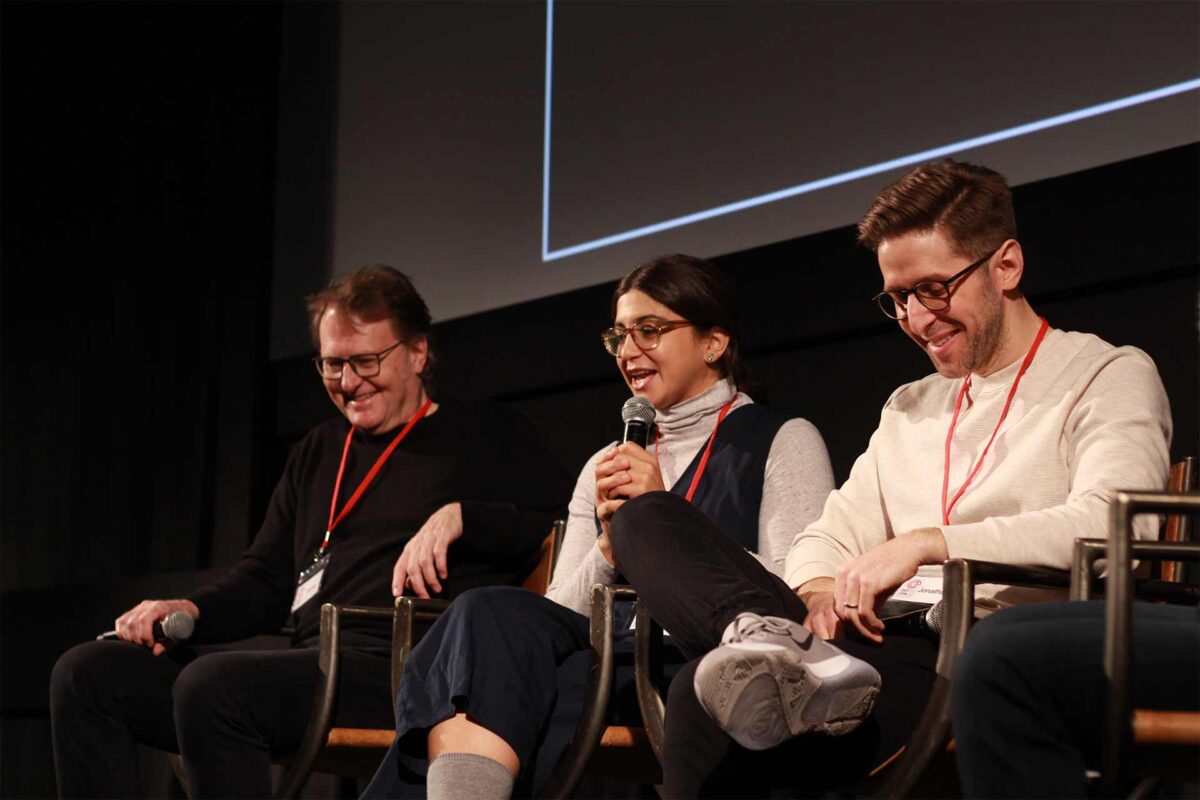
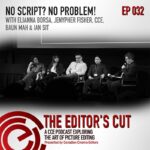


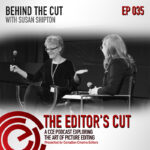






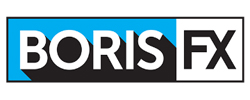

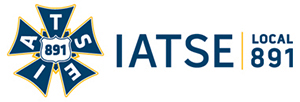










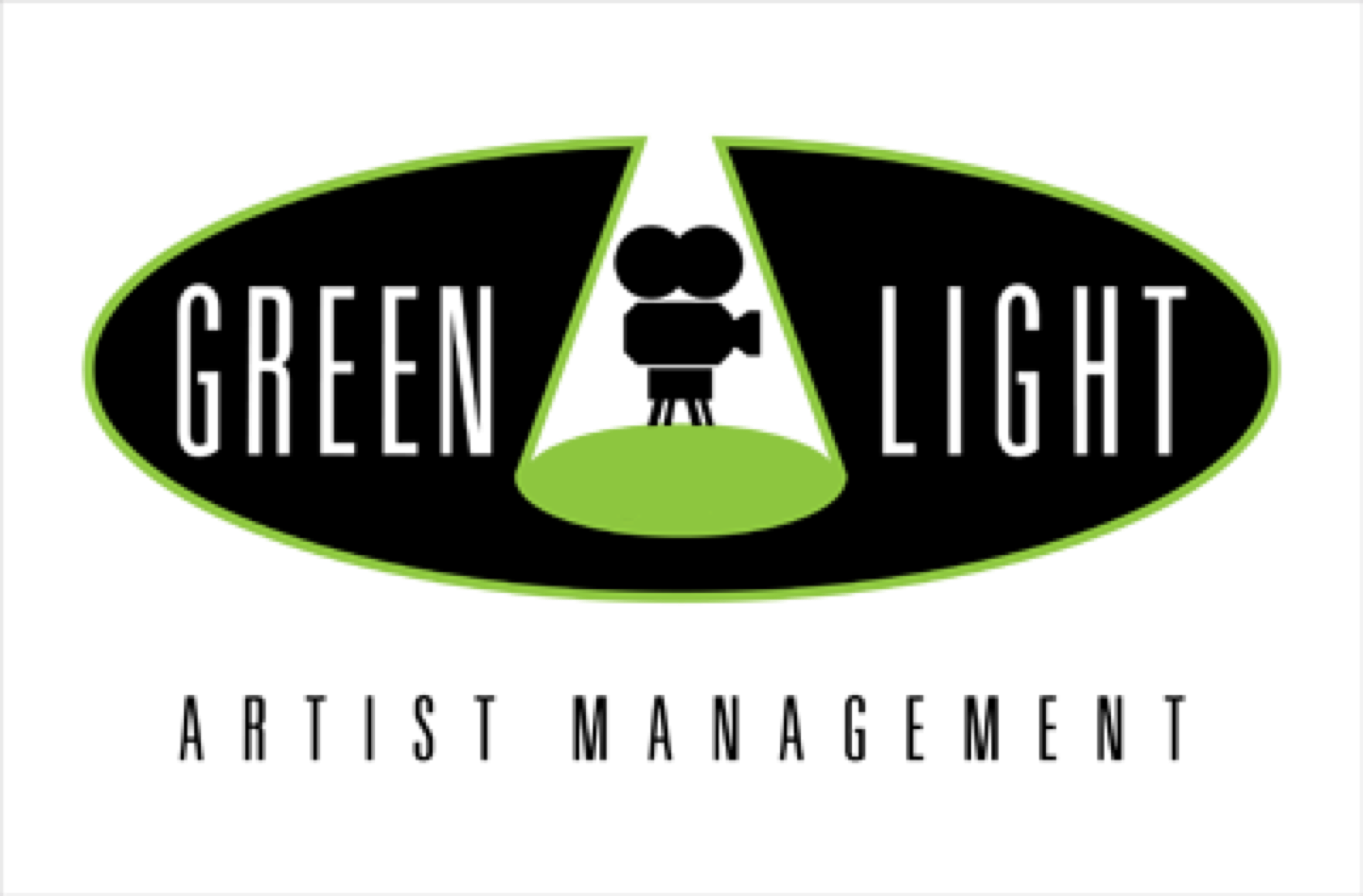
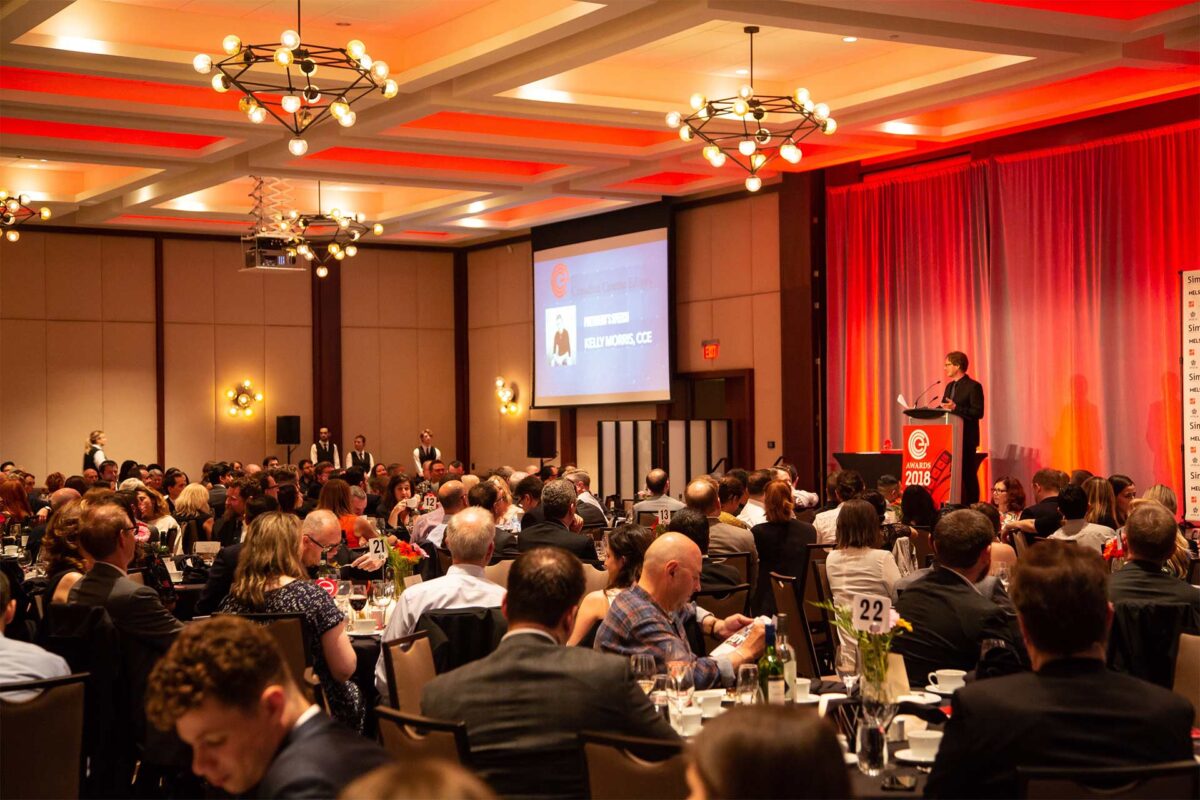
 Starting his career in 1970, master documentary editor Steve Weslak, CCE, remembers that working in the tiny film community of the era felt more like being in a garage rock band, rather than the mature industry that we have today. Almost five decades later he is still a vital part of the documentary scene, editing feature docs for HBO, BBC, PBS, NFB and all the major Canadian broadcasters. His editing assignments on international co-productions have taken him around the world, from Sydney, Australia to London, England. Along the way he?s been privileged to work with many outstanding directors such as Ric Bienstock, Alex Gibney, Larry Weinstein and Barbara Willis Sweete.
Starting his career in 1970, master documentary editor Steve Weslak, CCE, remembers that working in the tiny film community of the era felt more like being in a garage rock band, rather than the mature industry that we have today. Almost five decades later he is still a vital part of the documentary scene, editing feature docs for HBO, BBC, PBS, NFB and all the major Canadian broadcasters. His editing assignments on international co-productions have taken him around the world, from Sydney, Australia to London, England. Along the way he?s been privileged to work with many outstanding directors such as Ric Bienstock, Alex Gibney, Larry Weinstein and Barbara Willis Sweete. 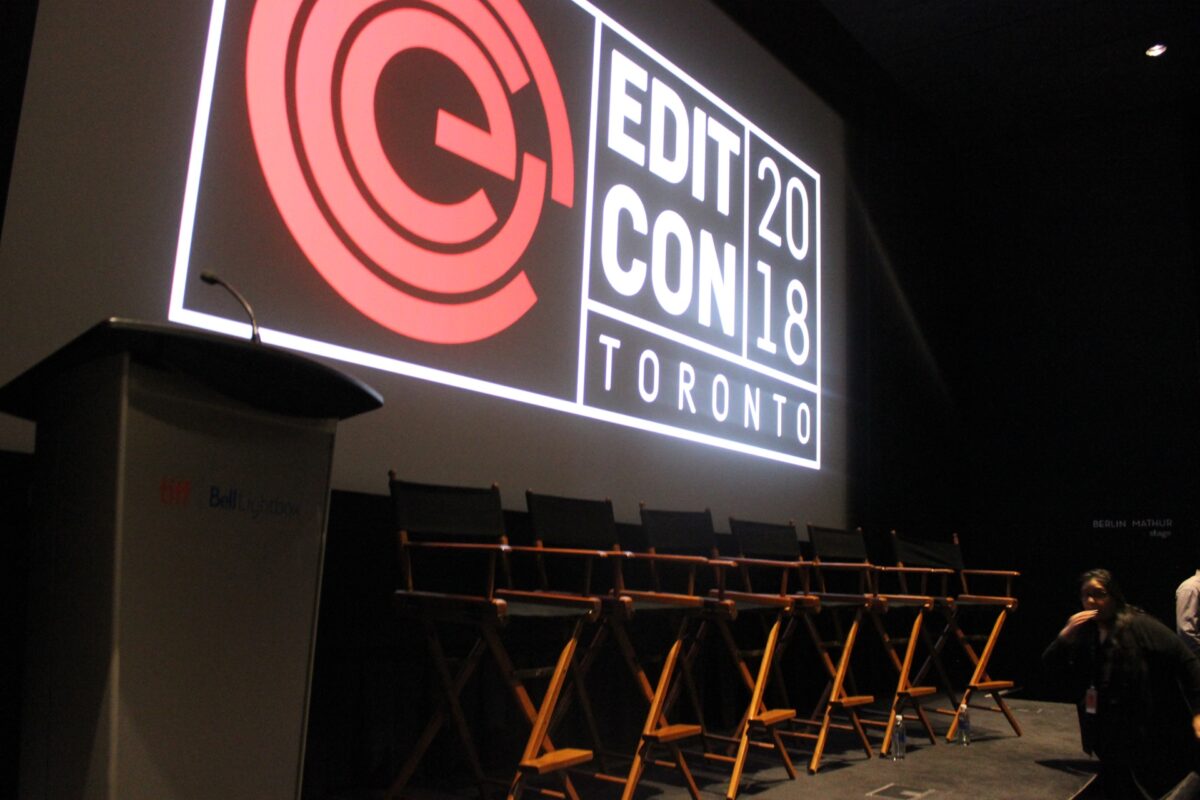





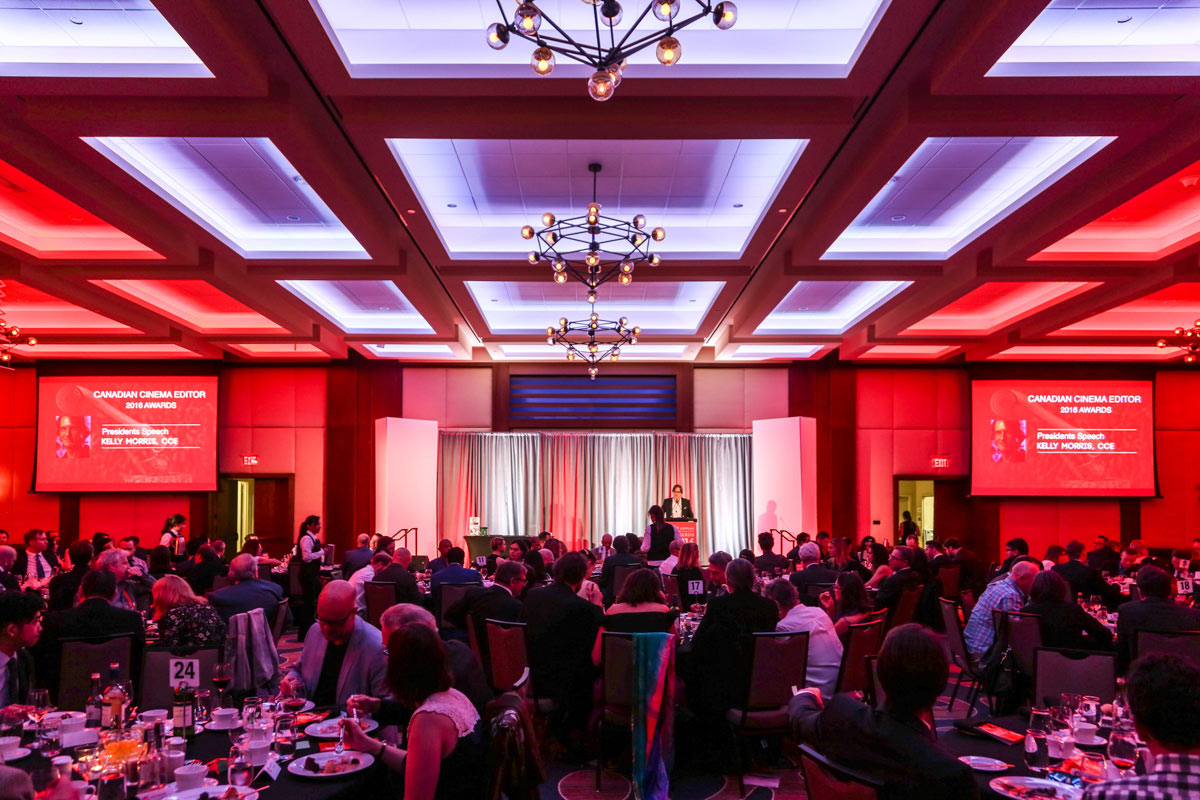
 Roushell Goldstein was born and raised in Ottawa, Canada, received her BA from Carleton University, and immediately left Ottawa on her ?Grand Tour? of Europe. In 1968, she ended her tour in Israel where she settled in the city of Jerusalem with an offer to work at the newly established Israeli Television Network. For the next five years, she worked in the editing department on news, sports, current affairs and the odd documentary (where budgets allowed). Roushell learned to edit with glue and hot-splices, then Steenbecks arrived from Germany, and she progressed to splicing tape and the splicer. That, of course, lasted for a few decades until the big transition to digital in the early 1990s.
Roushell Goldstein was born and raised in Ottawa, Canada, received her BA from Carleton University, and immediately left Ottawa on her ?Grand Tour? of Europe. In 1968, she ended her tour in Israel where she settled in the city of Jerusalem with an offer to work at the newly established Israeli Television Network. For the next five years, she worked in the editing department on news, sports, current affairs and the odd documentary (where budgets allowed). Roushell learned to edit with glue and hot-splices, then Steenbecks arrived from Germany, and she progressed to splicing tape and the splicer. That, of course, lasted for a few decades until the big transition to digital in the early 1990s.

